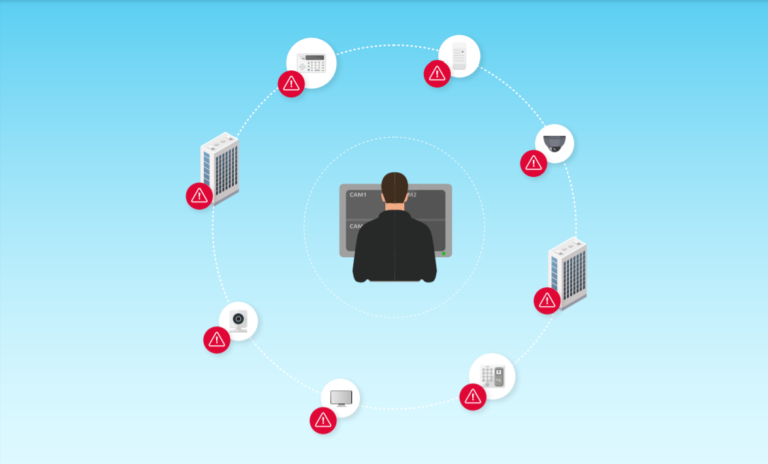
Security remains a priority for the education sector, particularly physical security that ensures the safety of people and premises across large campuses. Many universities have to manage thousands of physical security Internet of Things (IoT) devices across their sprawling campuses, and they need to keep these devices operational, secure, and online 24/7, 365. It’s a daunting task. One that saw a leading university look for a solution for their operational challenges which were leveraging traditional legacy systems, without the right tools in place.
The university’s security team didn’t have the visibility they needed into their physical IoT devices ecosystem to be able to effectively stay on top of their operational processes, compliance and uptime. They also juggled this challenge across thousands of IoT devices that were located across the vast campus. Operations were challenging. Plus, in the campus environment, officers have to rely on these devices for real-time video streaming and incident recording, but if the systems are not managed properly, these functions can fail or add another risk factor – cybersecurity and privacy. If the devices are not secure, the information can be hacked.
The question is – how can any university untangle this web of connectivity, system, and physical devices in a way that’s not just cost-effective, but sustainable. Ultimately, there is a need to ensure that any new solution is capable of shining a spotlight on all the cracks and crevices that exist between device and system. This will ensure that these devices continue to play a critical role in campus security and that this role is enhanced through reliability.
So, to pull the university’s systems away from the web and into a more streamlined system, they leveraged SecuriThings Enterprise to find several primary challenges impacting the university’s physical device security efficiency, and resolved it.
The First Hurdle
Having no dedicated solution for the operational management of devices as well as standardized and consistent procedures for their operational maintenance meant that different devices and models across multiple brands were being managed on an ad hoc basis. This cost the university in terms of extra work, risk of device failure, potential security vulnerability, time, and money.
With SecuriThings, the university’s system snapped into high-definition visibility. The solution found that 30% of the cameras were running old firmware versions and had critical vulnerabilities; where poor password rotation compliance resulted in a breach; and that an internal IP had been attempting to execute brute-force attacks on multiple devices.
The Second Hurdle
The lack of visibility into their devices meant limited control over device quality, status and security. If a device malfunctioned or went offline, the team would have to manually investigate the problem. This was a time-consuming and poor use of resources. With the SecuriThings Enterprise solution, with all devices integrated into a single and convenient platform, the team gained access to detailed and actionable analytics in real-time across all sites and devices. The physical security team can now respond rapidly when alerted, and can continuously manage the health status of all devices. They can tell if devices are reaching end of life or pose any risk, and they can plan ahead more efficiently. Plus, with the solution’s automated alerts, they can identify when a device malfunctions or goes offline and they can resolve the issue at speed.
Neat, tidy, and efficient – the university has the visibility and control it needs while improving system availability, significantly cutting costs, improving compliance and reliability, and embedding robust cybersecurity. This is the SecuriThings advantage – and the value of investing into a dedicated solution that puts physical device security control back into the hands of those who should have it.
Download the Case Study to learn more.




